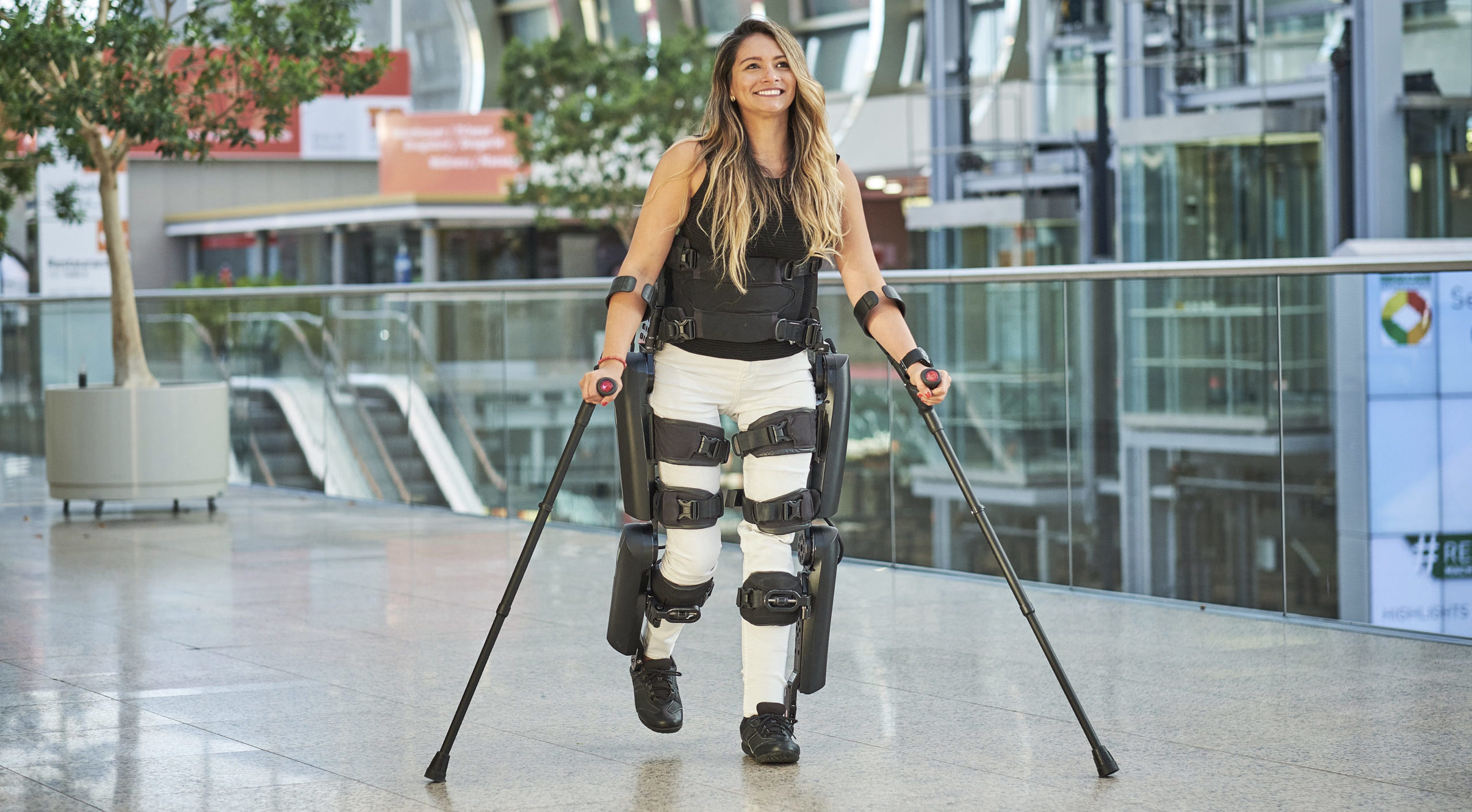News & Events

A spinal cord injury frequently results in a loss of core and postural muscle control, leaving many therapists and their patients looking for ways to help improve balance after SCI. After an injury people need to re-learn how to use their remaining innervated muscles for postural control to maintain balance in various positions during functional activities.
A recent study by Tsai et al, demonstrated that people with chronic complete SCI showed significant improvement in seated balance after gait training in a ReWalk personal exoskeleton. In the study, eight participants with SCI trained for an average of 30 sessions with the device and their balance was measured before and after the training using computerized dynamic posturography. (DOI: 10.1038/s41394-021-00384-8)

The improvement in seated balance after SCI can translate to enhanced safety, transfers and overall independence with wheelchair skills and activities of daily living (ADLs). According to Alamro et al in 2018, ambulation in an exoskeleton device resulted in similar core muscle activation as was seen in able body individuals walking on a treadmill. (DOI: 10.1186/s12984-018-0453-0).
The requirement that participants produce multidirectional weight shifting during use of the exoskeleton device is likely at least part of the cause of the trunk muscle activation and strengthening that occurs. The EMG results in people with high thoracic SCI show activation in rectus abdominis, external oblique, and especially erector spinae while walking in the device. The results of these and similar studies support the use of exoskeleton devices not only for walking but to also improve postural control and balance after SCI.




